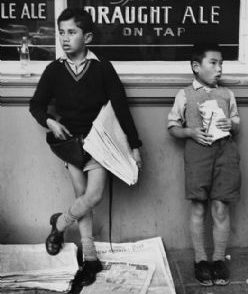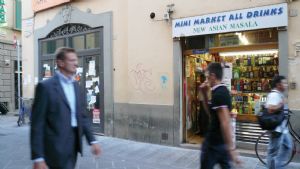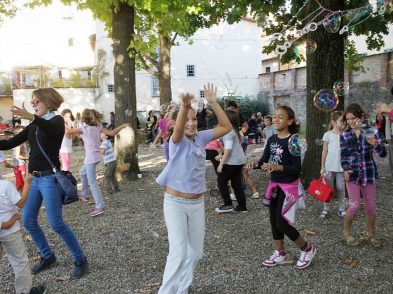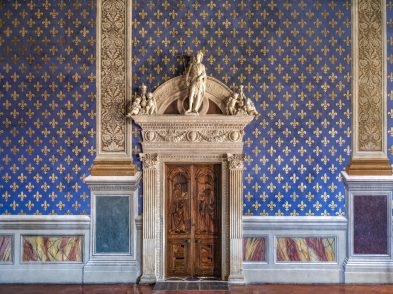When you think of the story of Brunelleschi’s dome of Florence cathedral, you think of complicated construction machinery and mind-boggling mathematical calculations, don’t you? Well, you’re right. The story is rife with math and machines. But, it’s also spiced with plenty of anecdotes, the kind that run the gamut of human strengths and foibles. They’ve been in circulation since the Renaissance, and they’re still, even after more than five hundred years, guaranteed to appeal to young and old audiences alike. Surprisingly, these anecdotes were long trapped between the pages of scholarly books, until Ross King released them a few years ago in his popular adult non-fiction book Brunelleschi’s Dome. What was still missing, however, was an accessible children’s version of the Brunelleschi story. Decades ago Anne Rockwell wrote and illustrated Filippo’s Dome, but her book is long out of print.
Now Charlesbridge Publishing has published the whimsical story Pippo the Fool, written by Tracey Fern and illustrated by Pau Estrada. The words and pictures are certain to enthrall readers. Tracey Fern chose to focus on the rivalry between Filippo Brunelleschi and Lorenzo Ghiberti in a manner that is highly entertaining and sure to provoke many laughs from the younger audience. Some may wonder if it is fair to cast Brunelleschi as an eccentric, spending his time ‘designing peculiar machines no one needed and sketching outlandish structures no one wanted to build,’ but we should take all this with a grain of salt, just as we are meant to chuckle when we read of Lorenzo Ghiberti anachronistically sipping cappuccino as he gossips with the market women. In Pippo the Fool, Brunelleschi’s overriding concern is to convince the Florentines that he does not deserve the denigrating nickname, and just like in all good stories, he succeeds and exits to the applause of ‘Pippo the Genius.’
Because this is a picture book, the illustrations hold as much of our attention as the words. Pau Estrada has plundered the storehouse of images of Florentine Renaissance architecture, machinery and people to come up with his own delightful compositions. Readers who have looked closely at Italian art can play the game of identifying the sources. For a starter, the woman sitting in front of the tapestry weavers on the first page was inspired by Giotto’s Arena Chapel fresco, Woman with a Distaff. The famous ‘Catena’ panorama of Florence served for the illustration of Brunelleschi standing on a promontory overlooking Florence and pondering the dome-less cathedral. And to the reader just fresh from a visit to Masaccio and Masolino’s Brancacci Chapel, the two elegantly robed and turbaned gentlemen strolling into the scene of Brunelleschi racing to the cathedral building site will look very familiar.
The book concludes with notes by the author to fill in some of the historical background, and by the artist to reveal how he prepared for illustrating the story. Pippo the Fool will no doubt stimulate many readers to want to go and stand on top of the dome and feel the thrill that Brunelleschi felt when he finally ‘tapped the last brick in place.’
PIPPO THE FOOL
Tracey E. Fern, illustrated by Pau Estrada.
Charlesbridge Publishing, 2009
$15.95







